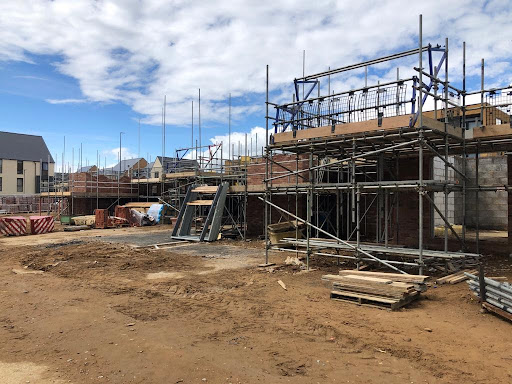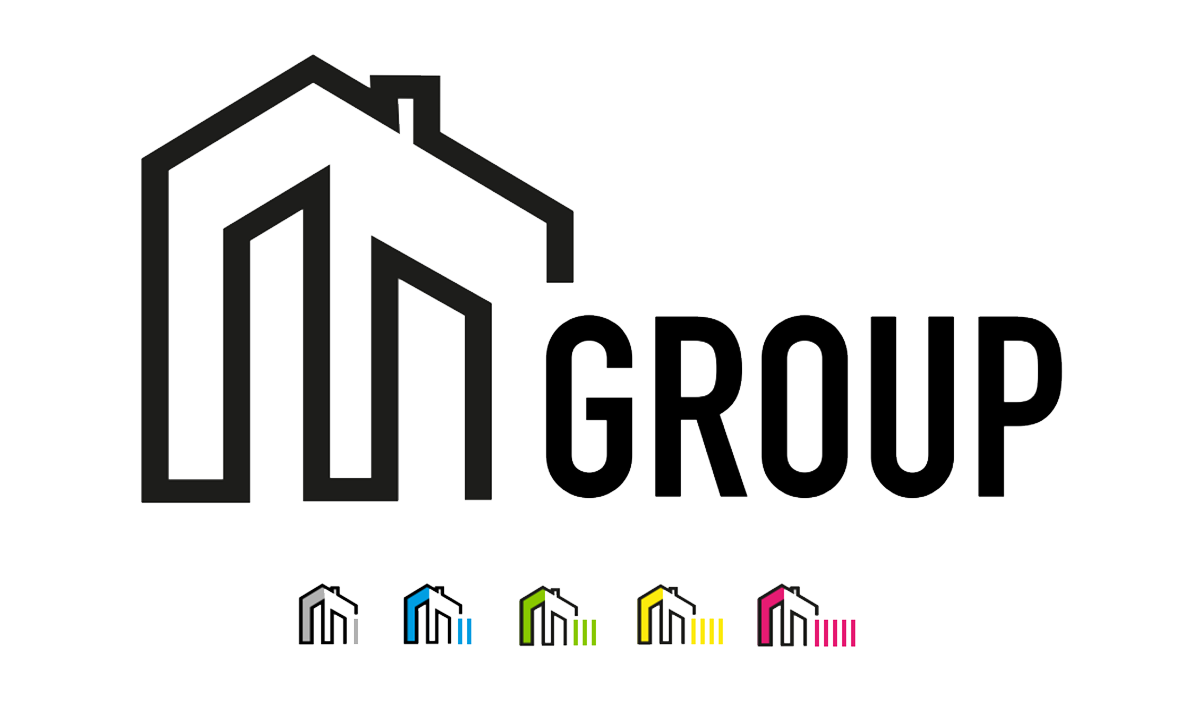Choosing Scaffolding for Your Project
With nearly a dozen different types of scaffolding available for construction and other building projects, it’s sometimes difficult to determine which type is best for you.
The good news is that all of them will keep you safe while on the job, provided that they’re used correctly and built properly.

If you’re familiar with the different types available, it’ll be easier to choose the one that works best with your particular project.
Below are just a few of the ones available to you.
1. Birdcage Scaffolding
This type of scaffolding is perfect for interior use in large buildings, including churches, museums, halls, etc.
It consists of a broad, wide platform that is square-shaped and has steps that workers can use that are found to the left, right, forward, and backward.
There is a certain amount of freedom of movement with this type of scaffolding, and it allows workers to work on ceiling pipes, structure support, and more.
It can also be used as a podium at an outdoor event when needed.
2. Mobile Scaffolding
If you’re a painter or carpenter and need to move from one place to another to do your job, mobile scaffolding is for you.
They are assembled using pre-formed framing components and are always on wheels.
Mobile scaffolding is portable and can be moved simply and quickly with a simple pull or push.
In addition, it is bigger than most other types of scaffolding, so workers can keep tools and materials on the platform if they like.
3. Single-Pole Scaffolding
This type of scaffolding is also called bricklayers’ scaffolding and is a very simple type that is made from timber.
It is fixed to the ground first, then assembled parallel to the wall of a building.
When the building is especially tall, braces are used so that structural stability is enhanced.
One of its many advantages is that there are no ledges, no inside standards, and fewer materials used, but it is still a very safe scaffold indeed.
4. Stairway Scaffold Towers
You can think of this structure as scaffolding for steps.
With this type of scaffolding, people can work above staircases to make repairs and to install objects overhead.
Perfect for decorators, painters, and maintenance workers, the towers are easy to assemble and provide everything you need to stay safe, including handrails, safety toe-boards, and a ladder access system.
Best of all, it is made with all health and safety standards in mind.
5. Steel Scaffolding
Also called tubular scaffolding, the materials used include steel tubing instead of timber and steel couples instead of rope lashing.
It also uses a base plate to fix the standards into the ground.
Some of its many advantages include its higher carrying capacity, its reasonable cost, and its ease of erecting and dismantling the structure.
It is also a very steady scaffold that can withstand even harsh elements, and it is extremely durable and safe.
6. Miscellaneous Types of Scaffolding
There are other less-common types of scaffolding, most of which are only used in certain parts of the world.
For instance, Kwikstage or Kwikform scaffolding is a modular system that is super easy to install and is found mostly in places such as the UK and Australia.
Bamboo and wooden scaffolding, which were very common until steel started being used, are still used in many third-world countries such as India, Sri Lanka, and Nigeria.
Other types are also available, but they are not as common or popular as those mentioned above.
How to Determine the Right Type of Scaffolding for Your Project
Trying to determine what type of scaffolding you need is not that complex.
All you need to do is determine a few basic needs and concerns, and the rest is simple.
Here are a few things to take into consideration before choosing the right scaffolding structure for your particular project:
- Budget. All construction and building projects have a budget, but the good news is that scaffolding is a lot less expensive than most people realise. Nevertheless, your budget has to be taken into consideration when you’re searching for the right scaffolding.
- Identifying your needs. Roofing, rendering, and building projects all use different types of scaffolding. Consider the user’s weight and the weight of any equipment that will go on the scaffolding. If you need to move the scaffold, choose mobile scaffolding instead of fixed.
- Safety. Make sure that the scaffolding is safe and that all of the components are high-quality. Some of the features you want to look at include the guardrails, slip-resistant surfaces, a platform-specific to your scaffolding needs, and comprehensive user instructions for every step of the process.
- Terrain. For soft or unstable ground, it’s best to go with a suspended scaffold design. For hard and steady ground, a ground-support structure will work. Always consider the terrain before choosing the scaffolding for your project.
Naturally, the last thing you should do is ask for recommendations from other contractors or builders or even a company that specialises in scaffolding products.
In fact, the right company will ascertain your needs and make sure that you get the right scaffolding in the end so that your project is successful every time.
Keep in mind that most scaffolding accidents are caused by error, not by the scaffolding itself.
When you’re trying to get the right structure for your project, ask yourself questions such as:
- How many workers will be on the scaffold at any given time?
- Is the project a construction project or a renovation project?
- Is the project an interior or exterior job?
- What is the design and height of the structure?
- Where will the project take place?
- Does the project involve a single- or multi-story building?
All of these things matter when you’re trying to choose the right scaffolding for your project.
Conclusion
The right scaffolding doesn’t have to be a challenge to get.
As long as you are familiar with the different types available and what your project needs are, it can be a lot easier to determine the right design.
A good scaffolding company can also present you with a cost estimate as well, making it easy to afford the structure you need.




